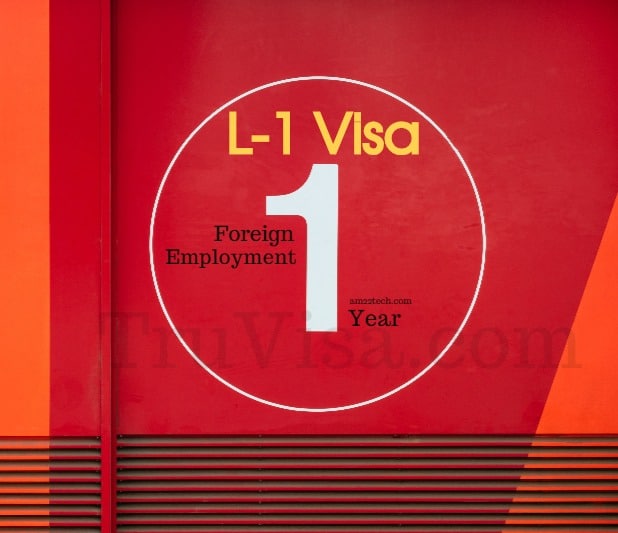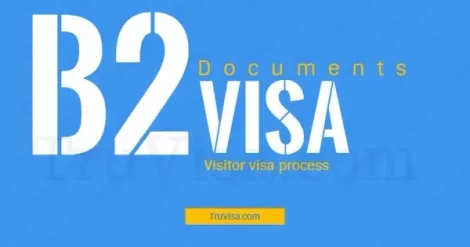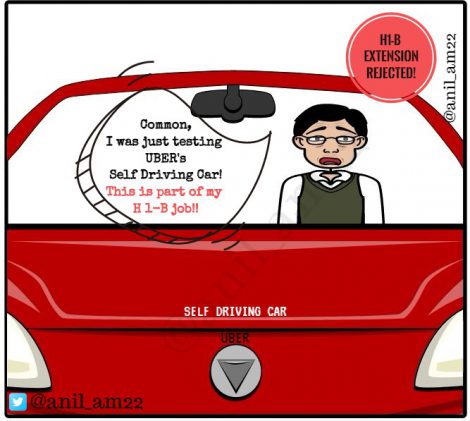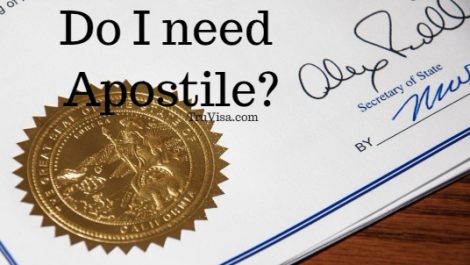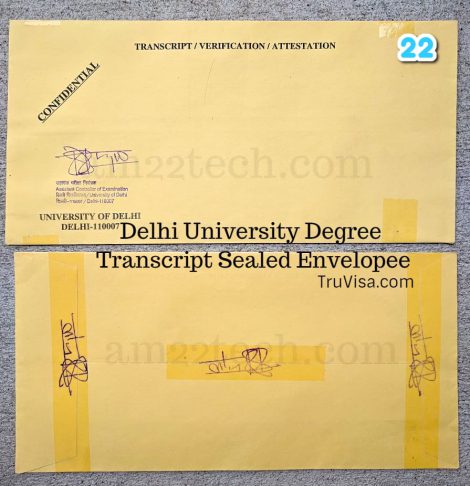|
Listen to this article
|
We will lay out the USCIS’s policy for employing L-1 workers outside the USA for one continuous year out of the 3 years before the time of filing an L1 visa.
Getting an L1 visa is an easy way to get qualified for an EB1 Green card in the US.
#1 Spend 1 year Outside USA as a full-time employee
The L-1 employee must be physically outside the United States during the required one continuous year of full-time employment.
#2 Short Business trips cannot be counted for 1 year
Any short trips to the USA for business (B1 visa) or pleasure (B2 Visa) cannot be counted in this 1 year (365 days) period even if the L1 employee was still on the employer’s payroll while visiting the USA.
Example
If the employer hired you on Jan 1, 2023, and then you traveled to the US in 2023 for a total of 60 days (could be multiple trips) on business, the L-1 applicant would need to spend at least an additional 60 days outside the USA after Jan 1, 2024, to qualify for L1 visa.
#3 One year of work should be in a Managerial role
The L1 employee should have been working for 1 year in the managerial, executive, or specialized knowledge role.
Ideally, the executive manager is what qualifies easily. Others may find it difficult to prove that they qualify for the EB1 route.
AI Passport & Visa Photos in Minutes!
No studio, no waiting. Get perfectly compliant photos from your phone.
✨ Get My Photo Now See how our AI transforms your phone photo into an embassy-ready passport picture!
See how our AI transforms your phone photo into an embassy-ready passport picture!#4 One year of foreign employment must occur within the 3-year period preceding the L-1 petition filing date
USCIS will calculate the 3-year period during which the L1 worker must meet the one-year foreign employment requirement.
Examples
USCIS looks back 3 years from the date the initial L-1 petition is filed for your L1 eligibility.
#1 Find the dates you worked for the employer outside the USA.
#2 Find the lengths of any breaks in your employment during the 3 years before the L-1 petition. If you worked for the same employer in the US as an H1B worker earlier, adjust the 3-year period accordingly.
#3 Subtract the total length of all the breaks found in Step 2 from the relevant three-year period.
If the result is a continuous 1-year period within the relevant 3-year period, then you have met the one-year foreign employment requirement.
If you were working in the US “for” the same employer (who is sponsoring L1 now) with some other visa like H1B, your time in the USA does not count towards the one-year foreign employment requirement.
But, this time does result in an adjustment of the three-year period (required for L-1 Petition) if you are working with a work permit like H-1B or E-2 executive, supervisory, or essential employee.
Example:
If you worked in the USA with valid H-1B status for your employer from Jan 2, 2017, to Jan 2, 2018, and then filed for L-1 status on Jan 2, 2018, the L1 three-year period requirement will be counted from Jan 1, 2014, to Jan 1, 2017.
The time spent working while in a dependent or student status will not result in an adjustment of the three-year period.
Example:
Your stay in L-2 status will not affect the L1 3-year period, because you entered the US as an L-2 dependent to join the L-1 principal and not to work “for” the employer (who is sponsoring your L1 now).
Similarly, If you entered the US as an F-1 student and later applied for optional practical training (OPT) employment with the employer (now sponsoring L1), the time spent in F1 status will not result in an adjustment to the three-year period, because your purpose was to study and not to work “for” the L1 employer. This would not change even if the L1 employer financed the F-1’s studies.
Along the same lines, an H4 EAD worker’s time with an employer sponsoring L1 now will not be counted towards the L-1 three-year requirement.
In case of a change of status to L-1 status or L1 extensions, the 1-year foreign employment requirement should have been MET at the time of filing the initial (first) L-1 petition.
Your time spent in the US without working (except for short visits for business or pleasure in B-1 or B-2 status), or while working for an unrelated employer, does break the one continuous year foreign employment requirement, but should not affect the three-year period.
The relevant point in time to satisfy the 1-year foreign employment requirement is the date on which the initial L-1 petition was filed, regardless of when the worker was or will be, admitted to the US.
If you take a break in employment or stop working for an L1 sponsor for a period of more than 2 years during the 3 years preceding the L1 filing, then you cannot meet the 1-year foreign employment requirement.
You can again qualify for the L-1 after a new one-year period though.
Exploitation of EB1-Manager Category
USCIS has changed the policy possibly to check the high rate of EB1 green card applicants who come to the US on an L1 visa and immediately file Green card applications with the IT consultancy firms.
The L-1 visa allows a U.S. employer to transfer an executive or manager (L-1A) or an employee with specialized knowledge (L-1B) from its foreign offices to one of its offices in the United States.
The EB1-C international manager is the easiest to exploit out of the 3 EB1s that probably only allow an Einstein to be granted a Green card.
Source: USCIS L1 policy
